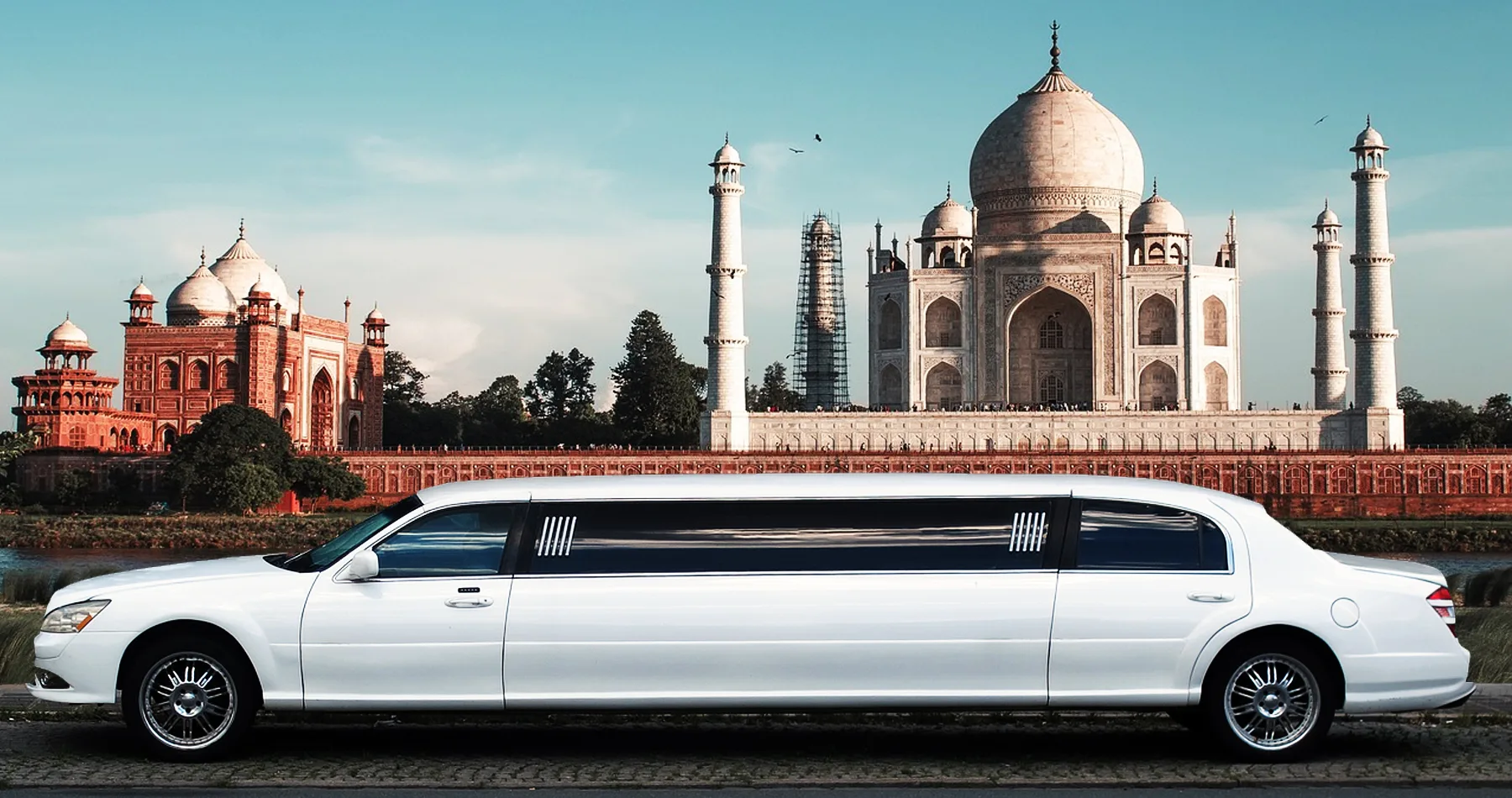Since the subcontinent received its first autos in the early 20th century, limos have existed in India. However, the accessibility and ownership of these luxurious vehicles have evolved, reflecting societal changes, economic shifts, and the emergence of a new generation of affluent Indians.
Early History of Limousines in India
During the early 20th century, particularly around the 1920s and 1930s, the use of automobiles in India was relatively limited. However, among the elite circles, including Maharajas (Indian princes), British officials, and wealthy industrialists, there was a fascination with luxury cars imported from Europe, including some early versions of what could be termed predecessors to modern limousines.
The Maharajas, known for their lavish lifestyles, were among the earliest enthusiasts of luxury cars. They often commissioned bespoke vehicles from renowned European manufacturers like Rolls-Royce, Bentley, and Daimler, customized to their preferences and opulent tastes. These cars were designed with elongated bodies and luxurious interiors and sometimes featured unique embellishments, reflecting the Maharajas’ style and status.
Who has a limousine car in India?
Maharajas and Royal Families
The prominent groups associated with the ownership of luxurious automobiles, including limousines, were the Indian princely states and their ruling families. Maharajas and Nawabs, known for their lavish lifestyles, were patrons of luxury cars and would often commission customized and extravagant vehicles, including limousines, from renowned automobile manufacturers like Rolls-Royce and Bentley. These vehicles reflected the opulent preferences of the royal families with their excellent designs and occasionally even jewel embellishments.
Political Leaders and Dignitaries
In the post-independence era, limousines became synonymous with political leaders and dignitaries. India’s first Prime Minister, Jawaharlal Nehru, and subsequent leaders often used high-end cars, including limousines, for official and ceremonial purposes. These vehicles were part of their official convoy and were used during state visits, adding a sense of grandeur and protocol to official functions.
Celebrities and Entertainment Industry: In the glitzy world of Bollywood and entertainment, celebrities often opt for limousines to make grand entrances at red-carpet events, award shows, and film premieres. While they might not necessarily own these vehicles, they rent them for special occasions, adding to the glamour and allure of their public image.
Luxury Hospitality Services: High-end hotels and hospitality services in metropolitan cities offer limousine services for their premium guests. These services cater to airport transfers, city tours, and VIP experiences, providing an added layer of luxury and convenience.
Contemporary Ownership
As India underwent economic liberalization in the 1990s and experienced rapid economic growth in the subsequent decades, the landscape of luxury car ownership, including limousines, witnessed a significant transformation. The burgeoning class of entrepreneurs, industrialists, Bollywood celebrities, and high-net-worth individuals contributed to an increased demand for luxury cars, including exclusive limousine models from prestigious brands.
Luxury car manufacturers like Rolls-Royce, Bentley, Mercedes-Benz, and Audi began catering to the Indian market by introducing their flagship limousine models. In India’s developing luxury car market, these cars—which included cutting-edge technology, custom interiors, and potent engines—became emblems of wealth and prestige.
Limousines in the Corporate World
In addition to individual ownership, corporations, luxury hotels, and event management companies in India often utilize limousines for VIP transportation, corporate events, and premium services. Limousines, with their spacious and luxurious interiors, are preferred for executive travel, providing a sophisticated and comfortable mode of transportation for corporate clients and high-profile guests.
Challenges and Trends
While the ownership of limousines in India signifies opulence and luxury, it also faces challenges such as high import duties, maintenance costs, and limited infrastructure suitable for these high-end vehicles. Moreover, environmental concerns and the growing emphasis on sustainability have led to a shift towards electric and hybrid luxury vehicles worldwide, including limousines. This trend has gradually influenced the Indian market, with an increasing focus on eco-friendly luxury transportation options.
Conclusion,
The ownership of limousines in India has a rich historical legacy intertwined with the lifestyles of royalty, political leaders, affluent individuals, and the corporate world. From the colonial era to contemporary times, the allure of these luxurious vehicles has remained a symbol of sophistication, status, and prestige. As India’s economy continues to grow and evolve, the landscape of luxury car ownership, including the presence of limousines, reflects the changing aspirations and tastes of the country’s elite while adapting to global trends in luxury transportation.
